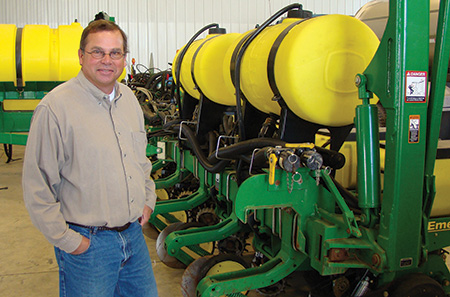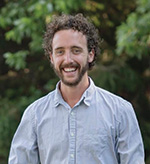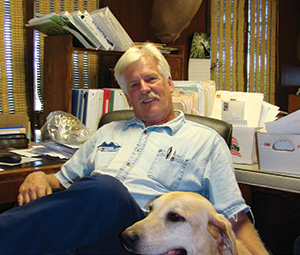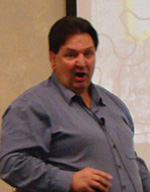Vital asked area farmers: What are you doing to increase production while protecting the environment/habitat?
MIKE STARKEY, BROWNSBURG, IND.
On our farm, we’re predominantly no-till and cover crops, and we also practice nutrient management by only using fertilizer where we need it. Although our yields have increased, our inputs – especially fertilizer – have gone down considerably due to the nitrogen-fixing or scavenging capabilities of the cover crops. This has increased our return on investment.
HANS SCHNEKLOTH, ELDRIDGE, IOWA
I think the issues of increased productivity and environmental conservation are often separated, but could be more related. Our farm has been using no-till conservation techniques for as long as I have been around. We don’t necessarily see production advantages because of this in terms of yields, but I know we yield similar to other conventional tillage operations with less fuel consumption and better soil composition.
According to the Department of Natural Resources, practicing no-till crop production decreases soil loss over conventional tillage by 90 percent. Getting into a no-till rotation is not foolproof. The farm will see yield losses for a few years before they return to normal, but over time the soil profile settles out and gives a layered access to nutrients for the crops.
RAY MCCORMICK, VINCENNES, IND.
I seed 100 percent of my land in cover crops using a corn head and grain platform. I refer to this not as no-till, but never-till. I’m increasing my yields, not by buying more commercial fertilizer, but by utilizing nature to produce a root zone that’s more efficient in taking up and creating more nutrients. And by improving soil biology, we’ve reduced pesticide use.
Note: An avid hunter, Ray also has a side business restoring wetlands, and has restored over 10,000 acres in four states.
ROBB EWOLDT, DAVENPORT, IOWA
Our farm operation has gone 100 percent no-till planting over the last three years to insure crop residue will be present to protect the soil from erosion. We have also changed the timing of fertilizer applications and also the placement of it. The goal is to reduce the amount used and to stop the leaching of it out of the root zone. All of the changes made are not only good for the environment, but should increase yields by increasing organic matter in the soil.
ROGER BETZ, EATON FALLS, MICH.
For the last three years, I’ve added 420 acres of irrigation to my farms which has produced a very nice yield response. But we are also doing some practices to take care of the soil. We do GPS fertilizer application, so we only put on the correct amount of fertilizer exactly where it’s needed, and we also use minimum tillage. That leaves a lot of corn stalks and other organic matter on top of the soil which protects it from erosion.











